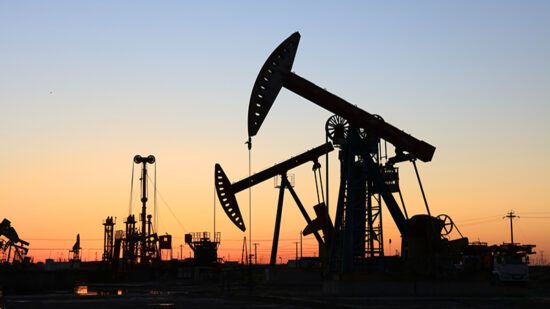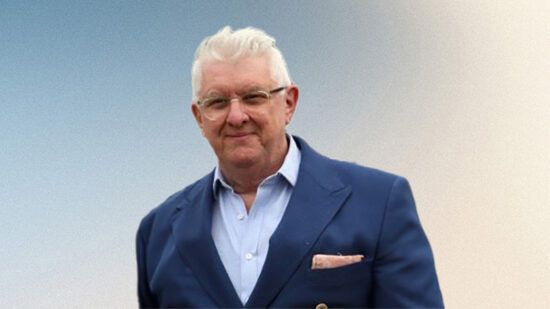Economic growth has traditionally been thought of as increasing the size of the pie. It also implies greater consumption possibilities, the ultimate goal of economic activity, rather than growth for the sake of it, as is sometimes asserted. In short, for many theorists, more is better.
But the traditional view of economic growth has largely ignored growth’s environmental impact and how economic agents may value the environment. Indeed, while output and human and physical capital have been expanding in recent decades, the stock of natural capital has been declining.
The cost of economic activity on the environment has been underpriced, leading to environmental degradation. This has resulted from mispricing inputs, where the environmental impact of production has largely been absent from companies’ actions and from the preferences of consumers and investors. This brings us to a thorny question: is environmentally sustainable or “green” growth even possible?
Modeling trade-offs
If any type of economic activity can hurt the environment in some fashion, how can we get to a net-zero environmental impact and still achieve economic growth?
One possible conclusion is that the economic pie must shrink in order to reverse or just contain the deterioration of the environment that has accelerated in recent decades. A more hopeful outcome is that some combination of more accurate pricing and technological improvements could make sustainable economic growth possible.
Using a simple two-sector model to examine trade-offs between economic growth and its environmental impact, we can see that higher output is no longer unambiguously positive; for example, greener output may be better for the environment than growth linked to the demographic dividend.
Technological change takes on a broader meaning where it can reduce the adverse environmental impact of a given output level, while its usual interpretation as a precursor of higher productivity, although still important, can no longer suffice in a world seeking sustainability.
Green growth is possible when there’s a balance between the negative environmental impact of economic activity and the sum of natural regeneration and man-made offsets (like carbon capture). But, to get to this outcome, the full economic and environmental costs of producing goods and services need to be measured and priced.
Paths to progress
The trade-offs between economic activity and the environment have been absent from most growth models. That is because the negative environmental impact of activity is largely external to producers and consequently not priced. That is now changing as awareness rises about the environmental impact of economic growth.
But the road to sustainability may be long. The Paris Agreement and updates of emissions targets in subsequent conventions on climate change indicate that sustainable economic growth is still some way off, if it can be achieved at all.
Attaining green growth is a challenge – the pursuit of economic growth does not automatically translate into economic prosperity once we consider the environmental impact.
Continuous innovation, rather than reining in output, is the best way to minimize the adverse impact of economic activity on the environment. This innovation would involve not only making the economy more productive (the traditional goal) but also shrinking the environmental footprint of production. We already see this with the growth of renewable energy generation as well as the decarbonization of economic sectors.
Getting to green growth requires a full accounting of the environmental impact of production. This should lead policymakers and markets toward a pricing structure that guides spending and production onto a path where growth is both efficient and sustainable.








